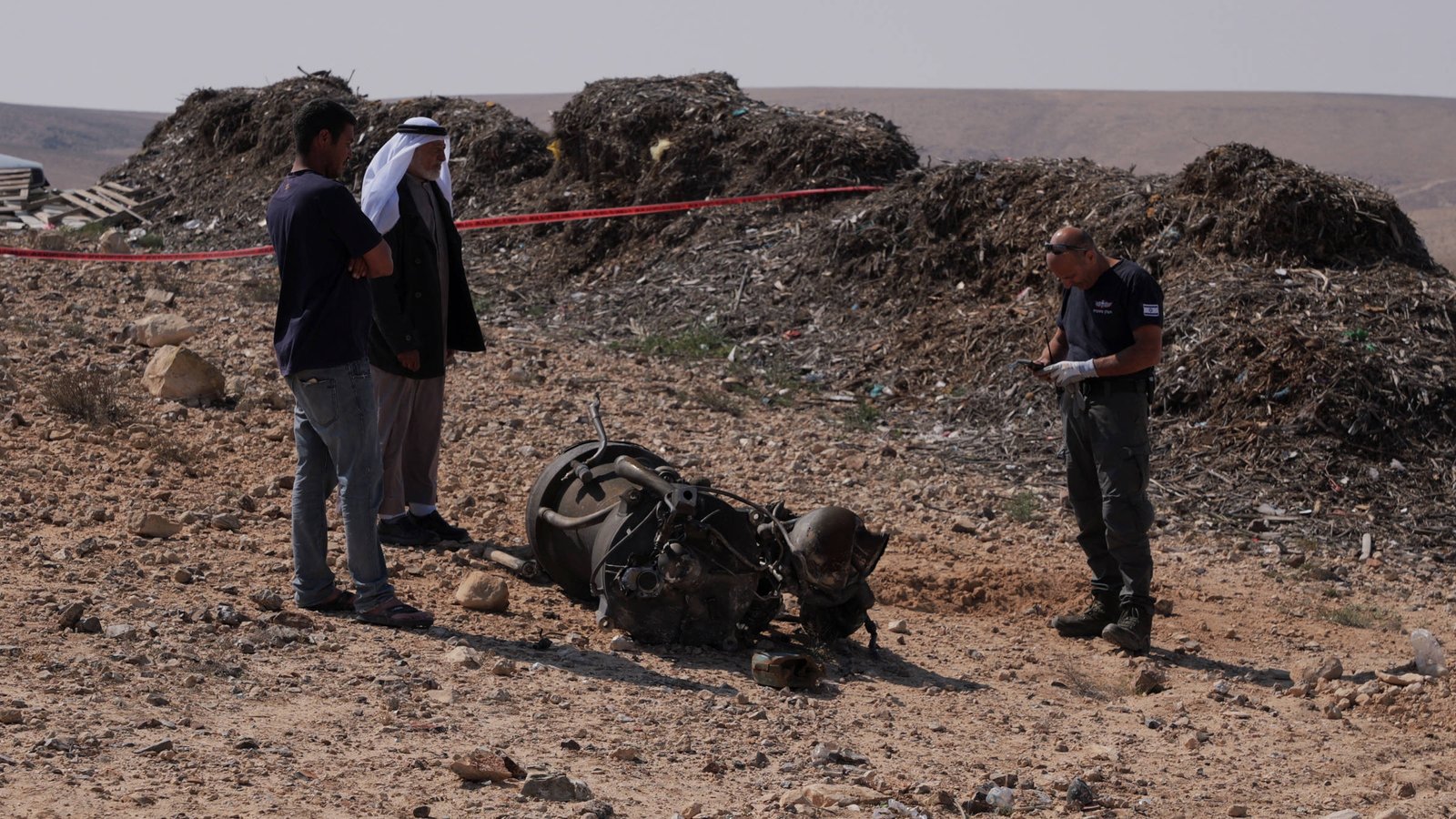Iranian Attacks Unpacked: What Happened and How Defenses Held Strong
What Happened:
- Iran carried out strikes against Israeli territory for the first time.
- Air raid alerts went off in Israel, and residents were urged to seek shelter as air defenses were activated.
- Interceptions occurred across Israel as drones and missiles were shot down before reaching Israeli territory.
Nature of the Attack:
- Iran launched more than 300 drones and missiles towards Israel, including drones, cruise missiles, and ballistic missiles.
- The attack involved multiple countries, with projectiles fired from Iran, Iraq, Syria, and Yemen.
Response and Interception:
- Israeli and allied forces intercepted the majority of incoming drones and missiles, with approximately 99% intercepted.
- US forces assisted Israel in intercepting the attacks, deploying aircraft and warships to the region before the attack.
- UK RAF Typhoon jets and Jordanian forces also participated in intercepting drones and missiles.
Damage and Casualties:
- Some ballistic missiles reached Israeli territory, causing limited damage.
- One missile lightly hit the Nevatim Air Force base in southern Israel, causing injuries to a 10-year-old girl from a Bedouin Arab community.
- Shrapnel also fell on Jordanian territory, causing no significant damage or injuries.
Reactions and Future Actions:
- Israeli officials have promised a significant response to the attack.
- Iran warned of a larger response if Israel retaliated and threatened to target US bases if the US participated in any Israeli retaliation.
- The UN Security Council is set to meet to discuss the situation, and US President Biden will convene the leaders of the G7 to coordinate a diplomatic response.
The situation remains tense as both Iran and Israel assess their next steps amidst growing international concern and diplomatic efforts to de-escalate the situation.


















